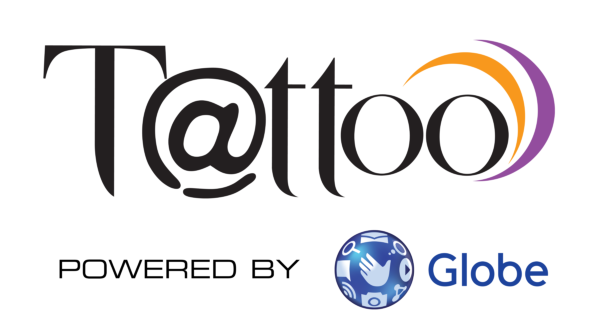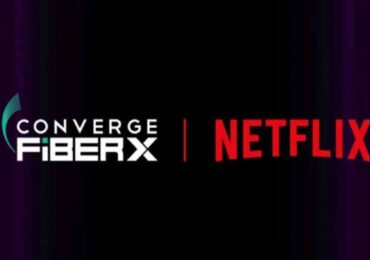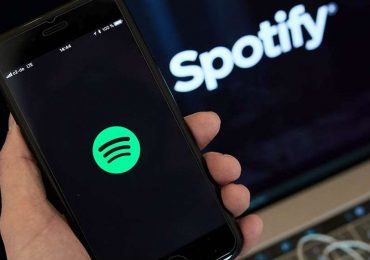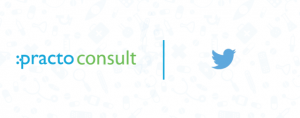Internet user penetration has increased almost seven-fold from 6.5% to 43% of the global population between 2000 and 2015, according to the 2015 ICT figures released by ITU, United Nations’ specialized agency for information and communication technologies.
According to the ITU, mobile broadband is the most dynamic market segment, with penetration globally reaching 47% in 2015, a value that increased 12-fold since 2007. In 2015, 69% of the global population will be covered by 3G mobile broadband, up from 45% in 2011. ITU also estimates that 29% of the 3.4 billion people worldwide living in rural areas will be covered by 3G mobile broadband by the end of 2015.
The same report also revealed that the proportion of households with Internet access at home advanced from 18% in 2005 to 46% in 2015.
According to the 10th annual Cisco Visual Networking Index (VNI) Forecast (2014 – 2019), the annual, global Internet protocol (IP) traffic will triple between 2014 and 2019, reaching a record of 2 zettabytes. Factors expected to drive traffic growth include the global increase in Internet users, personal devices and machine-to-machine (M2M) connections, faster broadband speeds, and adoption of advanced video services.
In the Philippines, local broadband service providers are also seeing the upward trend in internet use both while on-the-go and at home. Sustaining its stronghold in the consumer broadband segment, Globe Telecom, through its broadband brand Tattoo, posted double-digit growth in its broadband revenues and customer base to maintain its position as the fastest-growing broadband business in the country.
Broadband revenues stood at P3.7 billion, a 31% increase from previous year’s P2.8 billion, while total subscriber base reached 3.1 million, a 41% growth from previous year’s 2.2 million. The solid growth in revenues was driven by subscriber expansion in the wireless broadband (+47%), fixed broadband (+16%) and LTE solutions.
“Our consumer broadband business continues to play a significant role in steering the company’s solid performance the past quarter. We have taken huge strides in offering innovative broadband products and plans with the fastest internet speeds to respond to the growing demand for internet services powered by our modernized and robust network,” says Gilbert Simpao, Senior Vice President for Consumer Broadband Business at Globe.
To sustain momentum, Tattoo ventured into offering its on-the-go and home broadband plans with access to topnotch entertainment content such as Spotify, NBA League Pass, and HOOQ to offer customers a complete entertainment and broadband package. Home broadband customers can also enjoy higher monthly data volume allowances to accommodate the growing demand for internet connectivity at home.
New home broadband customers availing of DSL plans can enjoy bigger monthly data allowance of 50GB for Plan 1299, 60GB for Plan 1599, 70GB for Plan 1999, 80GB for Plan 2499, and 100GB for Plan 2999, allowing them to surf the Internet longer.
On the other hand, customers on Long Term Evolution (LTE) plans can experience higher monthly data allocation of 20GB for Plan 1099, 30GB for Plan 1299, 50GB for Plan 1599, 60GB for Plan 1999, 70GB for Plan 2499, and 80GB for Plan 2999. All Tattoo home broadband plans come with speeds ranging from 2 Mbps all the way to 15 Mbps and are bundled with free landline, free unlimited calls to Globe and TM, and free Wi-Fi modem.
DSL customers can get exclusive access to HOOQ for as low as Plan 1299. Combined access to HOOQ and Spotify or NBA League Pass starts at Plan 1599 while access to HOOQ, Spotify and NBA begins at Plan 1999. Meanwhile, LTE customers can enjoy access to Spotify with their home broadband plans starting at Plan 1099, access to HOOQ at Plan 1299, combined access to HOOQ and Spotify or NBA League Pass starting at Plan 1599, and access to all three (3) entertainment services starting at Plan 1999.
Globe spent around P4.9 billion in capital expenditures as of the first quarter this year to support the growing customer base and the demand for data. The company has already started the deployment of the US$500-million LTE network, which will serve both mobile and home broadband data requirements. Globe is also seeking to build out a combined 5,000 LTE sites over the next 24 months. In addition, the recent partnership with Huawei to deliver a SingleSON or Self Optimizing Network technology will allow an automatic diagnosis and optimization of the Globe network to continuously provide seamless customer experience.












